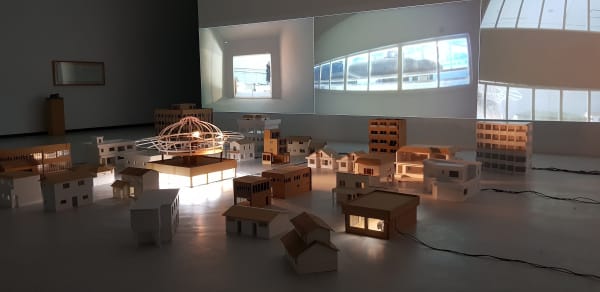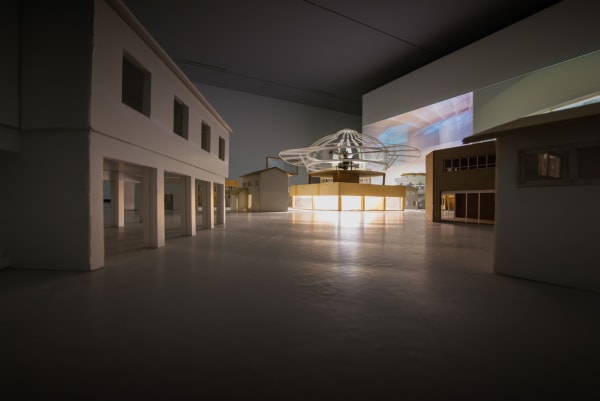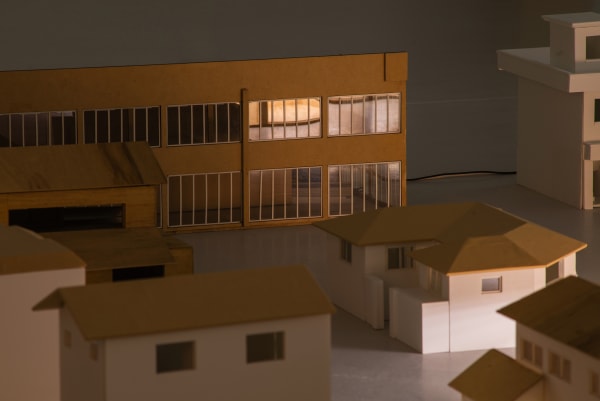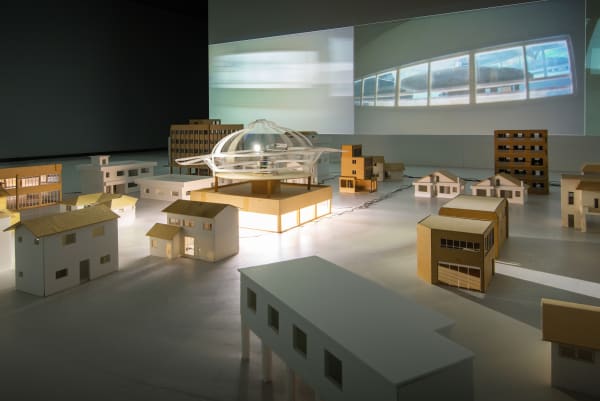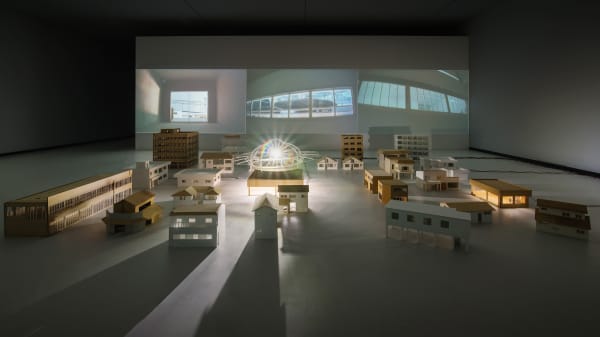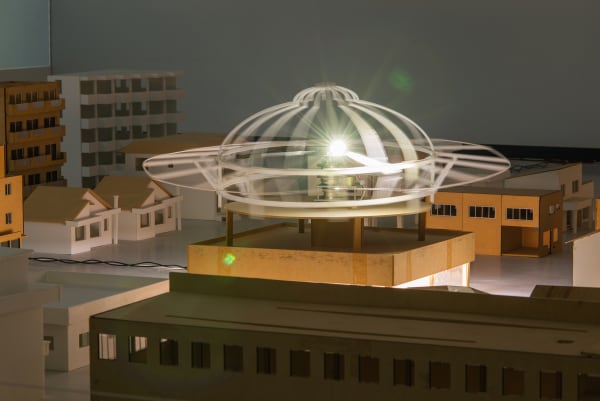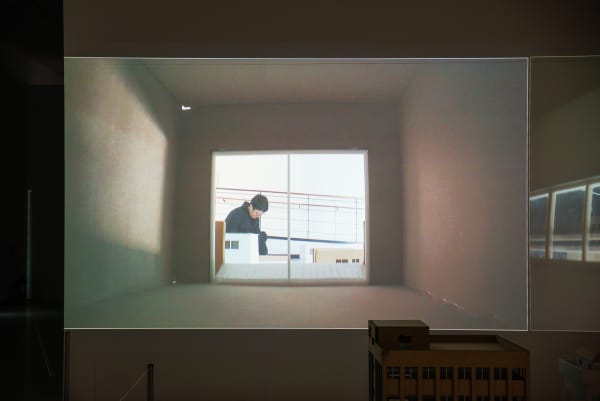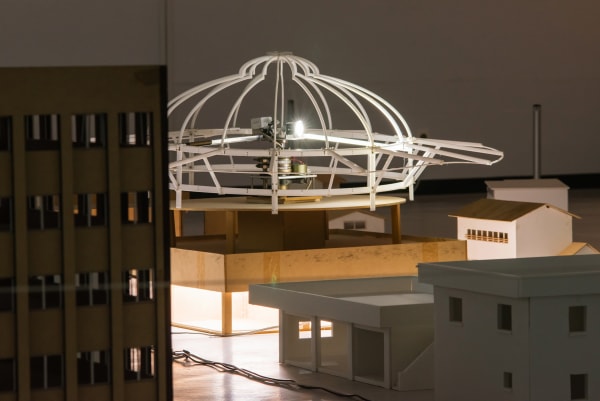The theme “City of Gaze” combines the concepts of a “gaze” and the “city”. The word “gaze”, which means “to see”, requires a subject to behold an object that sits on the opposite end of a gaze, and is the “other” or “landscape”. And depending on the condition or the subject of the sight, there are various emotional atmospheres that can be suggested. For example, looking outside from inside, watching a spectacle with a wide field of vision, looking about while turning around slowly, repeating irregular movements, looking through a blurred eye, slowly growing closer to a fixed point and so on. In any case, the act or casting a gaze reveals the existence of the subject who takes in the object. Meanwhile, the “city” pursues a huge-scale spectacle that consists of the accumulation of various buildings – a city that consistently changes by cultural, social, and economic factors while shaping and changing the lives of individuals who live in it. The spectacle of a city contains numerous subjects who originate a gaze, but at the same time it is reminiscent of an empty space not dissimilar to that of city spaces of the ilk found in big-budget disaster blockbusters that project images of the aftermath of some calamity in which incalculable name-less individuals breathed their last breath.
The “City of Gaze” is an imaginary city existing in the world of experience of viewers who enter between a “city” of miniature images that came from Nagoya, Seoul, Sanghai buildings and “gaze” images that are captured through the mechanical stare of a camera.
